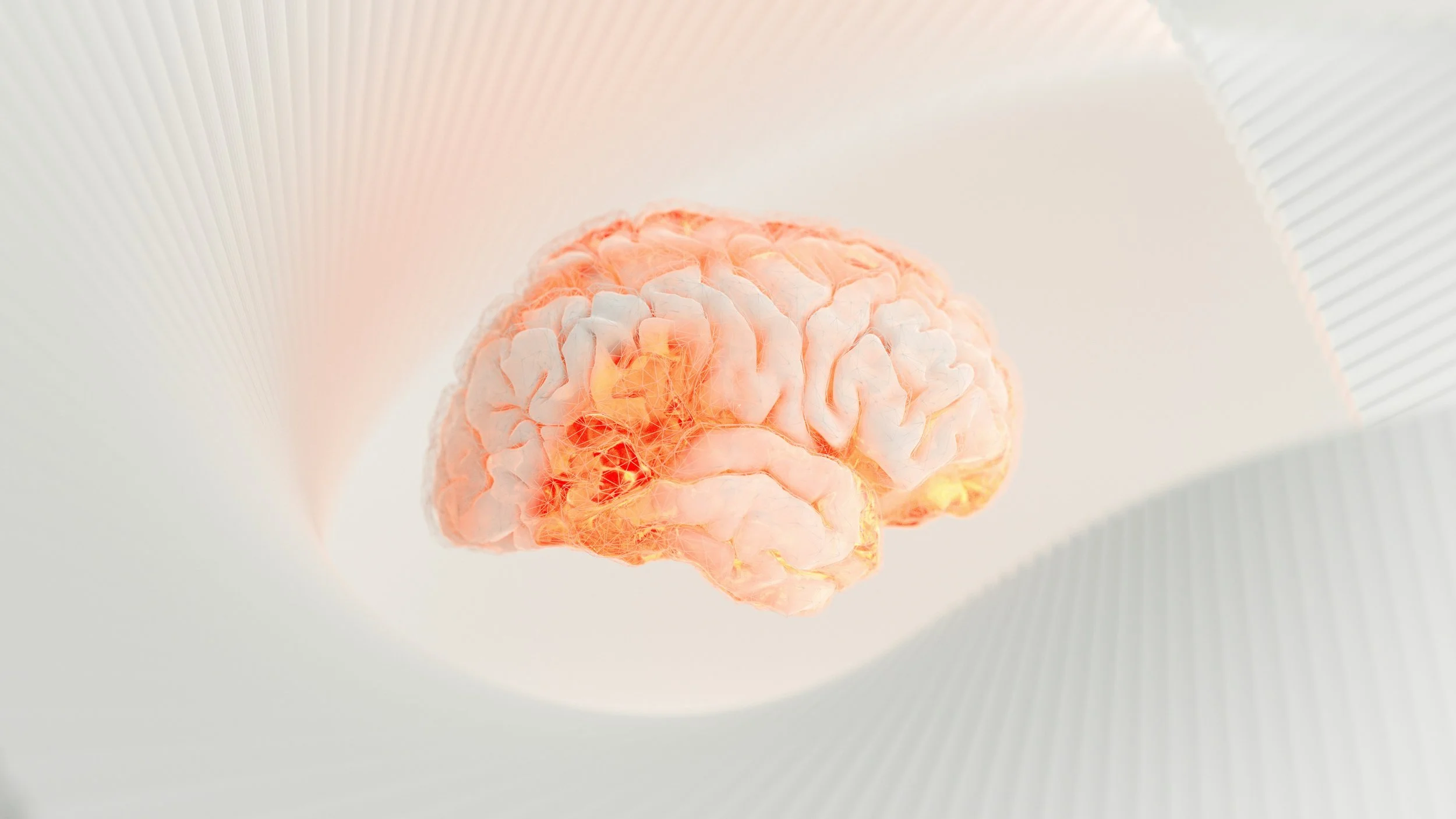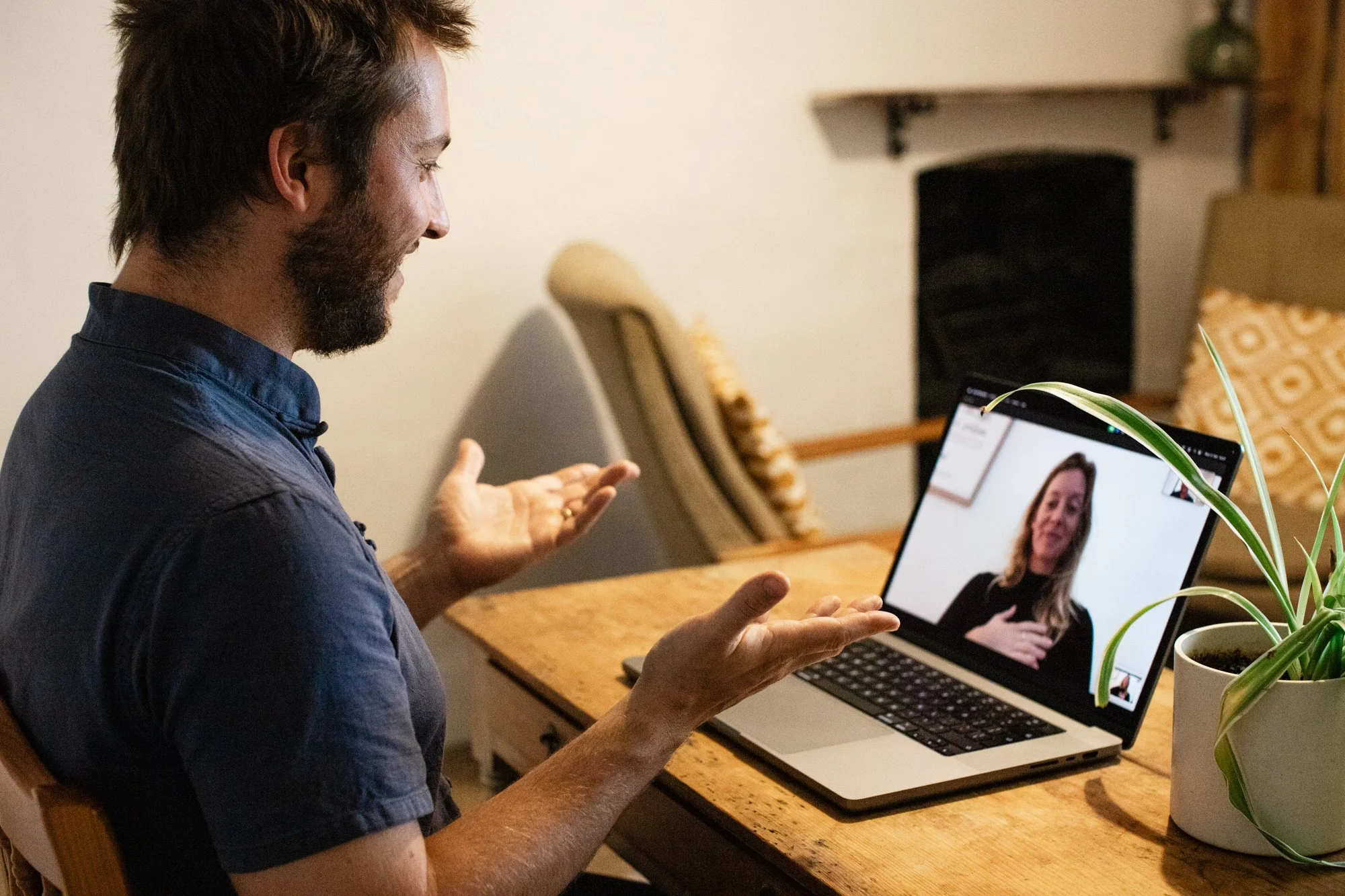Lower Back Pain
Have you struggled with lower back pain for years and always put it down to; Lack of core strength, poor posture, old injury, misalignment, or disk problems? If so, Pain Reprocessing Therapy can likely help you understand and heal your lower back pain.
Understanding
Lower Back Pain
Lower Back Pain (LBP) is a common issue that can range from a mild, constant ache to sudden, sharp pain. The intensity can vary dramatically and, at its worst, can be completely debilitating. It is common for people to experience it very mildly and then have occasional episodes of more extreme symptoms.
An estimated 619 million people worldwide suffer from LBP, making it the leading cause of disability globally. Most people will experience LBP at some point in their lives. It is common for people suffering with LBP to struggle with it for decades and even for their whole lives, due to treatments that target symptoms instead of root-causes.
I find great satisfaction in helping clients with LBP, drawing from my personal experience of overcoming back pain. LBP is the most classic condition to be treated with Pain Reprocessing Therapy (PRT) as demonstrated by the Boulder Back Pain Study. To understand Lower Back Pain it is essential to understand the role of the nervous system in triggering protective processes and ‘neuroplastic’ pain.
Understanding Neuroplastic Pain
In the vast majority of cases, Lower Back Pain is not caused by structural damage and is instead caused by what we call neuroplastic pain which means ‘pain that has been learned by the nervous system’. This can be confusing for people experiencing LBP as the sensations of neuroplastic pain are identical to that of an injury.
Having extensive personal experience of moderate to severe LBP, I remember all too well the stabbing pains, the feeling that the connective tissue around my coccyx had turned into sharp metal, the instability and inability to bend at the waist. So how can this have been anything other than an injury?
If you have recently fallen out of a window, been hit by a car, or otherwise structurally damaged your back, then you have structural pain. If, however, you simply leant over to tie a shoe lace, lifted something marginally heavier than was comfortable, made an unusual movement, or have ongoing pain that shifts around or fluctuates in intensity, or gets worse when you are stressed or under emotional pressure, then it’s very unlikely you are experiencing an injury. To put it in another way, you are experiencing an injury if you have actually been injured, if you have the pain of the injury without the actual event then it is not structural pain.
So, what is going on?
A large part of the experience of Lower Back Pain is your own body protecting you from an injury that simply is not there.
When we are injured the nervous system immediately triggers our body to protect itself. Muscles go into spasm, effectively splinting the area, and the pain stops us from further injuring the weakened area by limiting movement. Neuroplastic pain occurs when the brain misinterprets normal signals from the body as dangerous, triggering all the protective systems and so creating the experience of an injury, a bit like accidentally triggering a fire alarm without the fire ever taking place.
By understanding Lower Back Pain as neuroplastic, we shift our attention from structural issues to the brain's role in the pain experience, opening new pathways for effective treatment. As LBP is so common, and historically misunderstood, there are many misconceptions that must be dispelled.
The Misconceptions of Lower Back Pain
If you have struggled with lower back pain for years and always put it down to; Lack of Core Strength, Poor Posture, Injury Caused by Bending Over, Bulging or Herniated Disks then PRT might be for you.
In this blog post I explore these common misconceptions of lower back pain.
The Path to Recovery
Recovering from LBP involves challenging these misconceptions and understanding the role of neuroplastic pain. Pain Reprocessing Therapy (PRT) offers an effective, evidence-based treatment for LBP using the following tools:
Education: Learning about what pain is and how it is processed by the brain and nervous system. Learning why the false alarm was set off in the first place.
Reappraisal: Learning to reduce fear and anxiety about the symptoms, breaking the feedback loop.
Mindfulness and Relaxation Techniques: Calming and regulating the nervous system.
Cognitive Behavioral Techniques: Changing negative thoughts about the symptoms.
Gradual Exposure: Carefully resuming normal activities whilst using techniques to retrain the brain to perceive them as safe.
No more living with back pain. With PRT we address the underlying root causes, rather than the symptoms, reversing the feedback loops and rapidly eliminating lower back pain for good.
WHAT CLIENTS ARE SAYING
“I have been struggling with chronic pain for 54 years. Working with Joseph has changed my life.
I would 100% recommend Joseph. It really works!”
- Cilla
Book a free call
Book a free initial 20 minute consultation to see how I can best support you.






